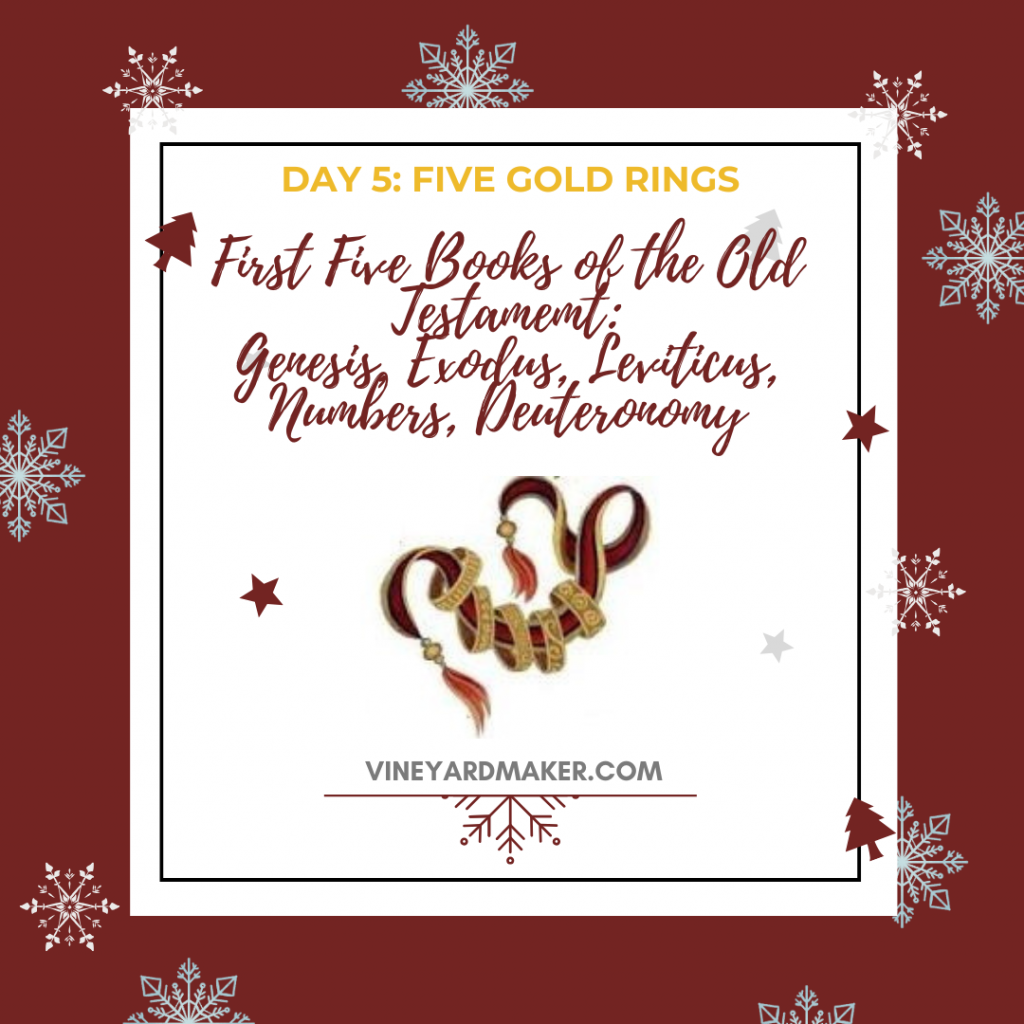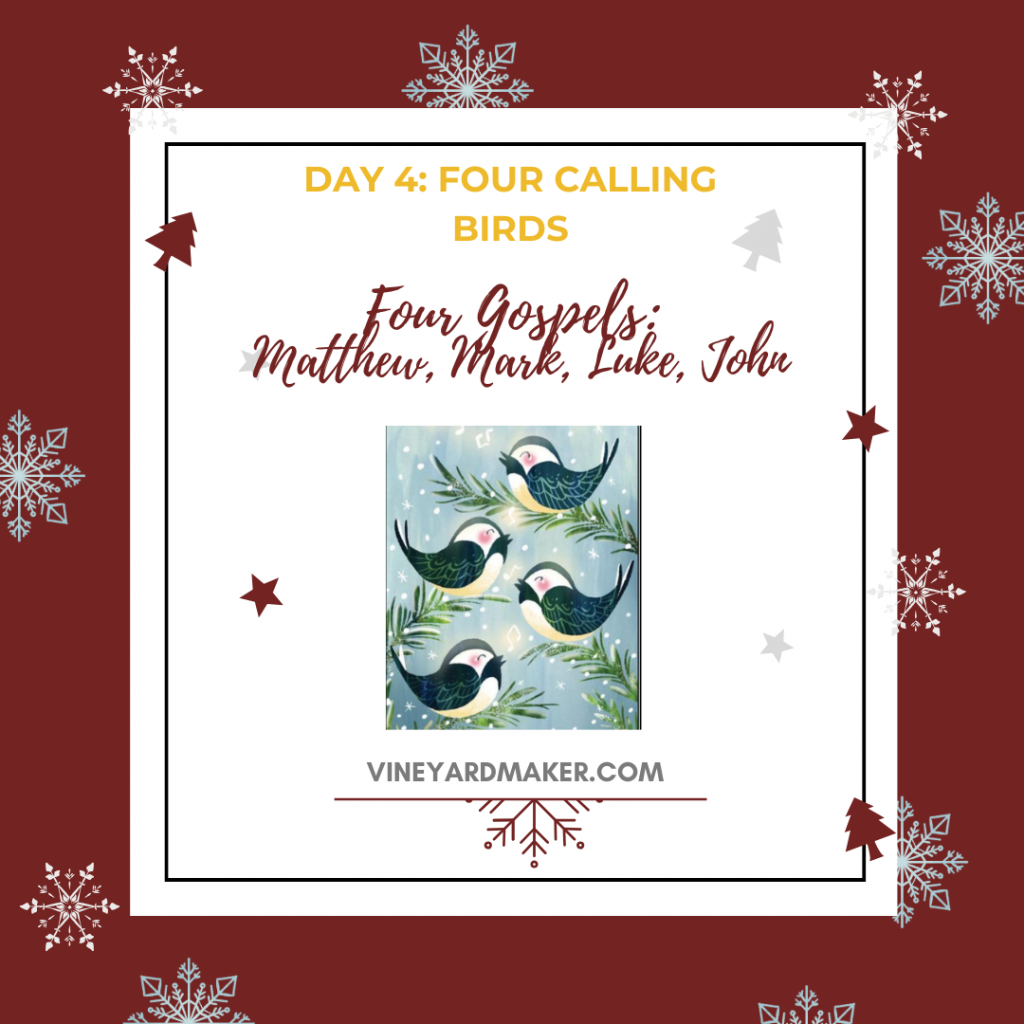
“Blessed are the poor in spirit,
for theirs is the kingdom of heaven.
Blessed are those who mourn,
for they will be comforted.
Blessed are the meek,
for they will inherit the earth.
Blessed are those who hunger and thirst for righteousness,
for they will be filled.
Blessed are the merciful,
for they will be shown mercy.
Blessed are the pure in heart,
for they will see God.
Blessed are the peacemakers,
for they will be called children of God.
Blessed are those who are persecuted because of righteousness,
for theirs is the kingdom of heaven.” Matthew 5:3-10 (NIV)
Reflection:
The eight maids symbolise the Beatitudes, a call to live with humility, mercy, and righteousness. How can you embody these attitudes in your daily life?
Questions to Ponder:
- Which Beatitude resonates most with me right now?
- How can I practice one of the Beatitudes this week?
Eight maids a-milking aligns with the eight Beatitudes from Jesus’ Sermon on the Mount (Matthew 5:3–10).
The maids, humbly serving through the simple act of milking, remind us of the meek and lowly heart that characterises those blessed in God’s kingdom.
Milk, as a source of sustenance and life, mirrors the spiritual nourishment provided by the Beatitudes. These eight teachings outline the values of the Kingdom of God, flipping worldly expectations upside down. Where the world prizes wealth, power, and self-sufficiency, the Beatitudes celebrate poverty of spirit, mourning, meekness, hunger for righteousness, mercy, purity of heart, peacemaking, and enduring persecution for Christ’s sake.
Humility in Action
The image of maids a-milking is one of humility and service. These maids represent those who perform essential yet overlooked tasks. Their work sustains communities, just as the Beatitudes sustain our spiritual lives. They embody the call to serve others without seeking recognition—a value deeply ingrained in the teachings of Jesus.
Similarly, the Beatitudes call us to a countercultural way of life. Poverty of spirit acknowledges our dependence on God, while meekness trusts His power rather than asserting our own. Hungering and thirsting for righteousness means striving for a world that reflects God’s justice and love. Being merciful and pure in heart challenges us to look beyond outward appearances and align our lives with God’s will.
Kingdom Values in a Broken World
In a world that often values pride, self-reliance, and retaliation, the Beatitudes can seem radical or even impractical. Yet, they are the roadmap for living as citizens of God’s kingdom. They remind us that true blessing isn’t found in material wealth or status but in the transformative relationship we have with Christ.
The final Beatitude—blessed are those who are persecuted for righteousness’ sake—reminds us of the cost of discipleship. Living out these values may lead to conflict with worldly systems, but Jesus promises that our reward in heaven is great.
The eight maids a-milking remind us that humility and service are pathways to embodying the Beatitudes. As we reflect on these teachings, they invite us to examine how our lives align with the values of God’s kingdom.
Reflection Questions
- Which Beatitude resonates most deeply with your current season of life? Why?
- How can you cultivate a spirit of humility and service in your daily routines, like the maids a-milking?
- Where do you see opportunities to bring the values of the Beatitudes—mercy, peace, and righteousness—into your relationships and community?
- How do you respond when your faith leads to criticism or misunderstanding? What encouragement do you find in Jesus’ promise of blessing?
May this day inspire us to embody the humility, service, and kingdom values reflected in the eight maids and the Beatitudes. As we live out these teachings, we become a light in the world, pointing others to the joy and hope of Christ’s kingdom.



